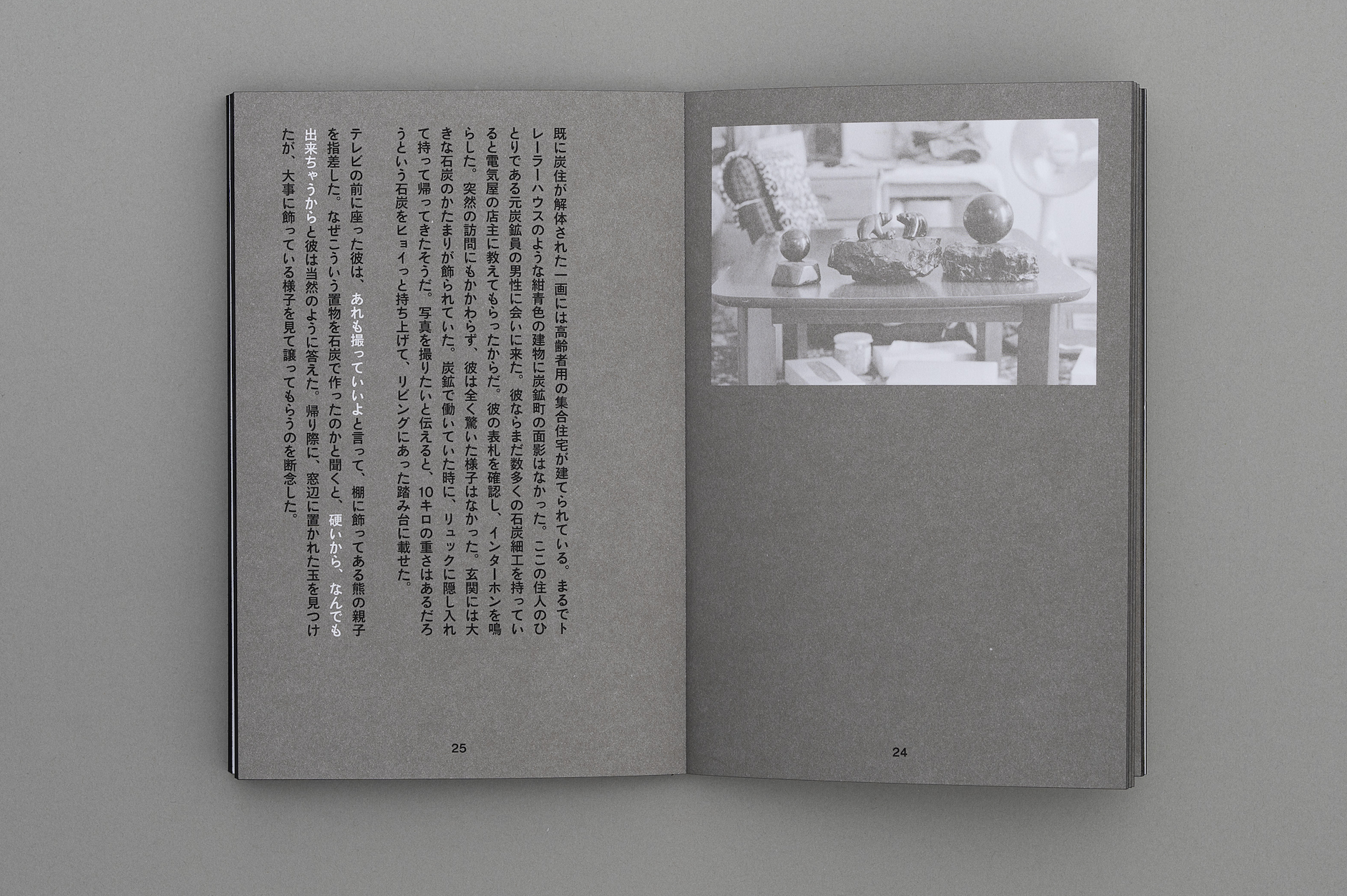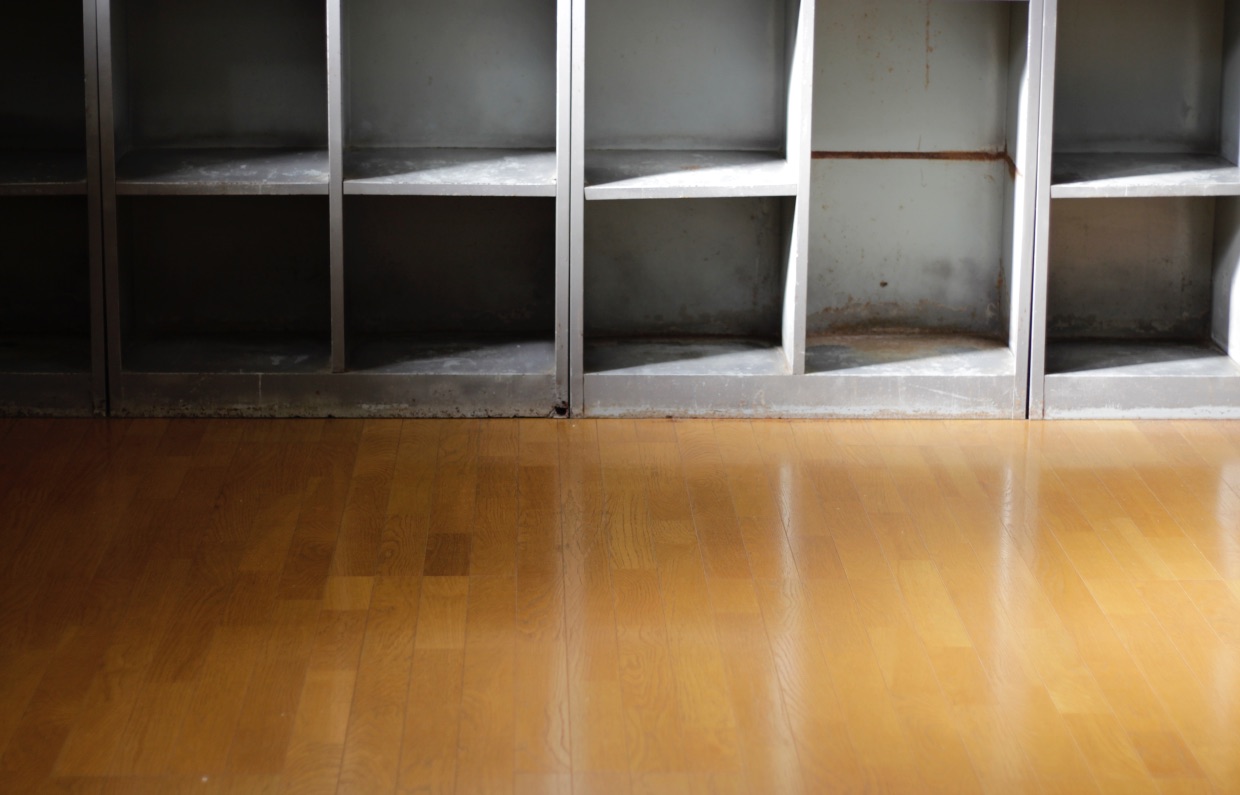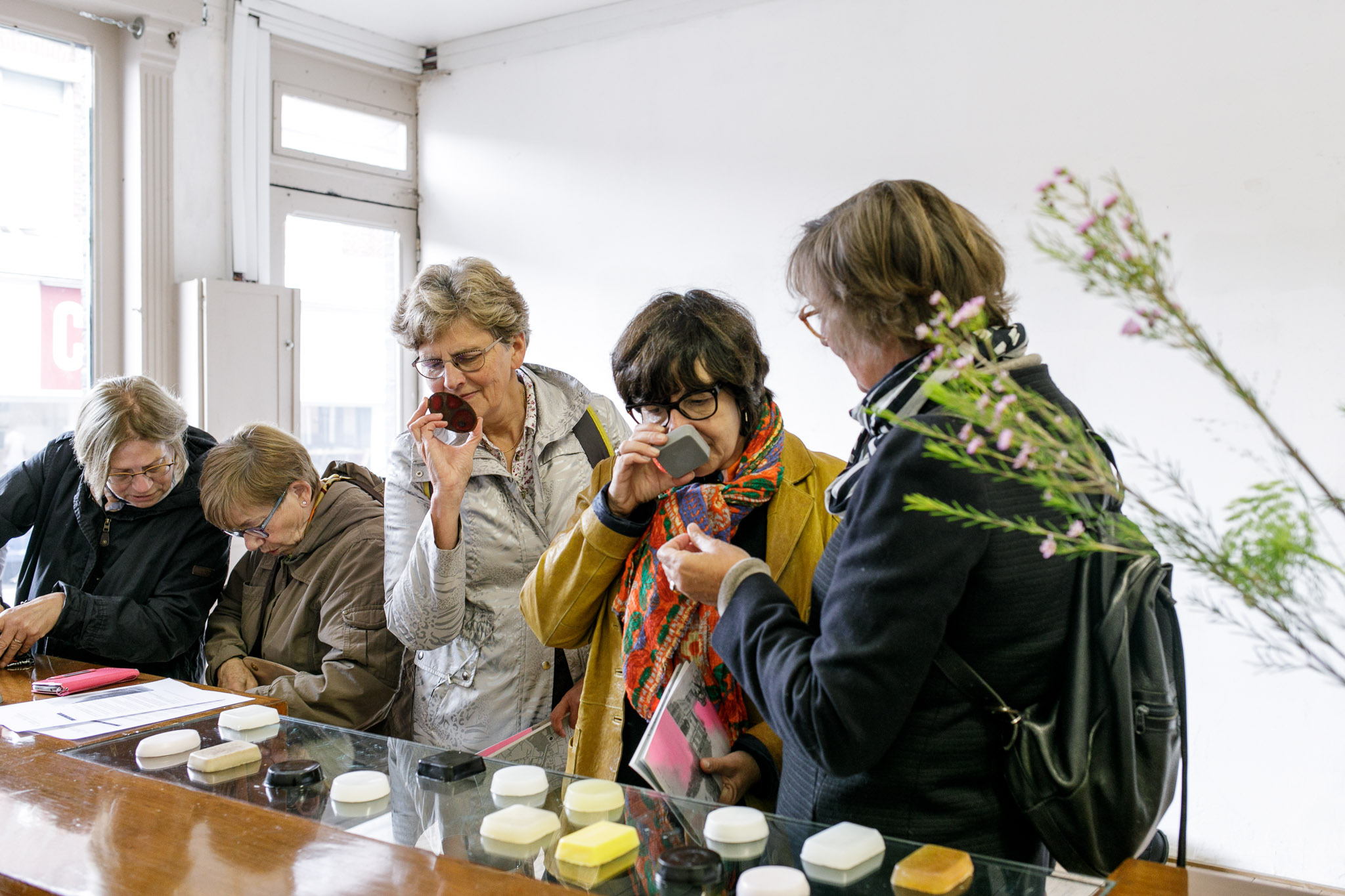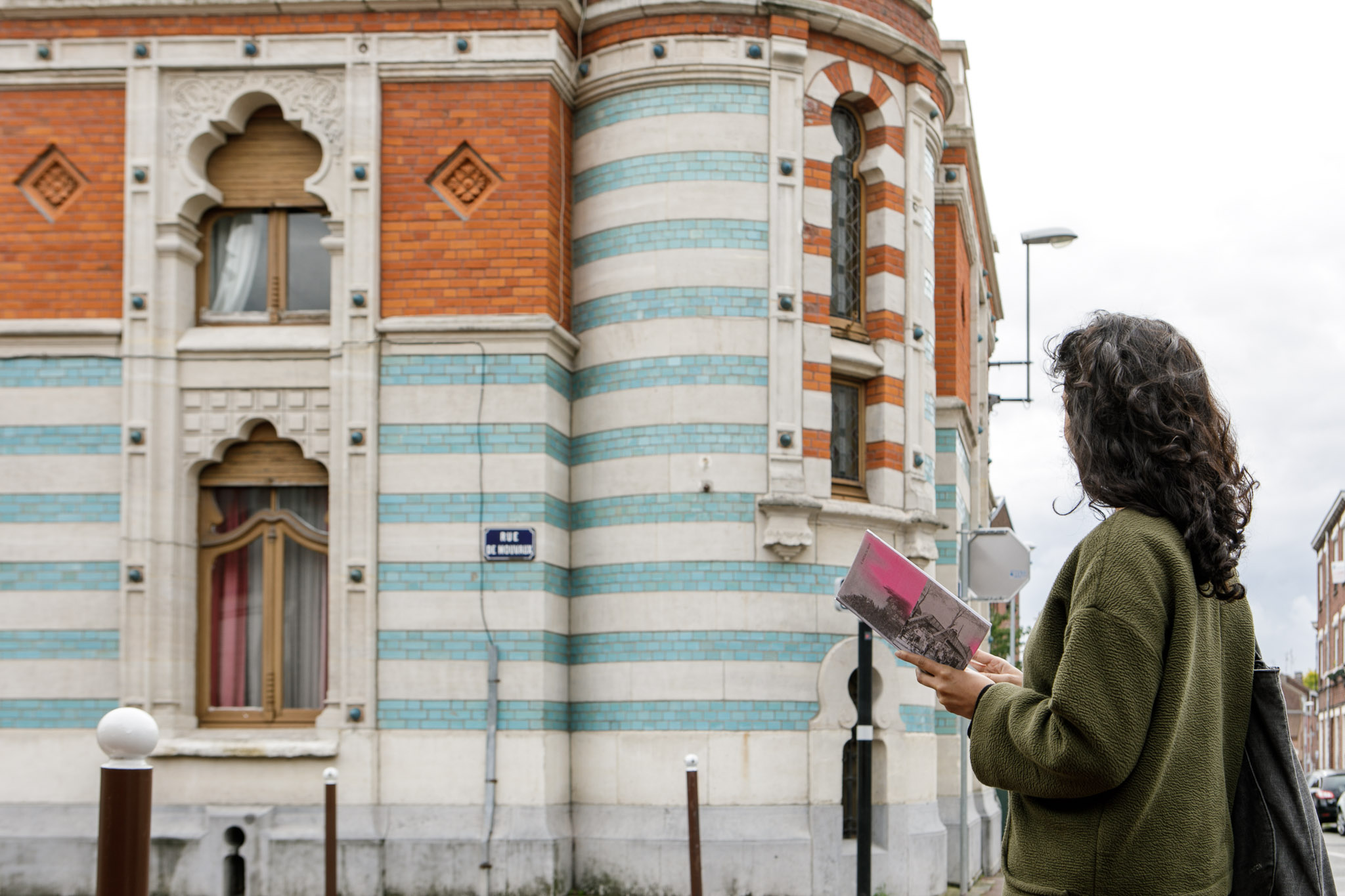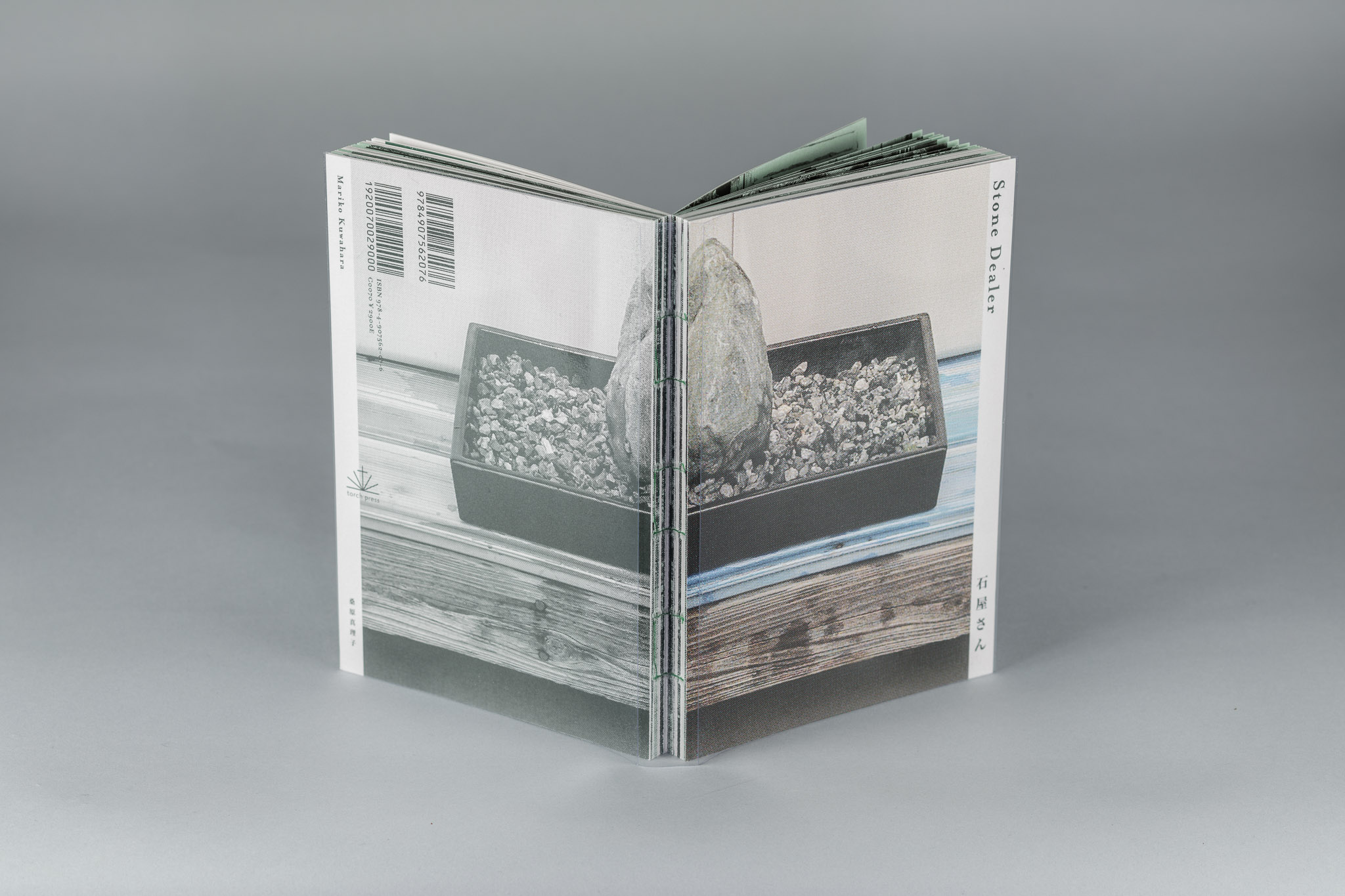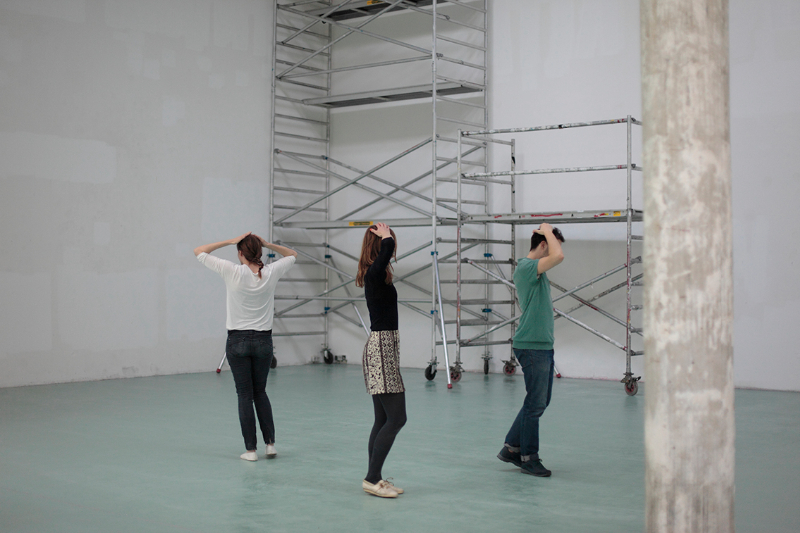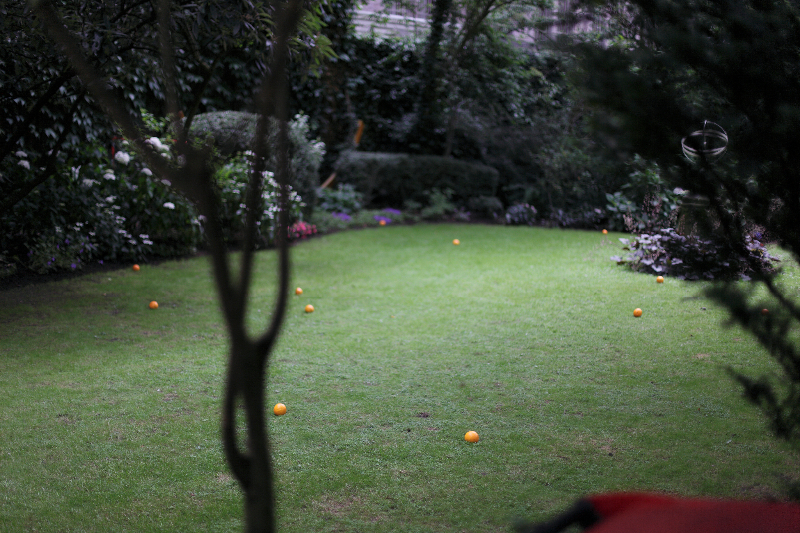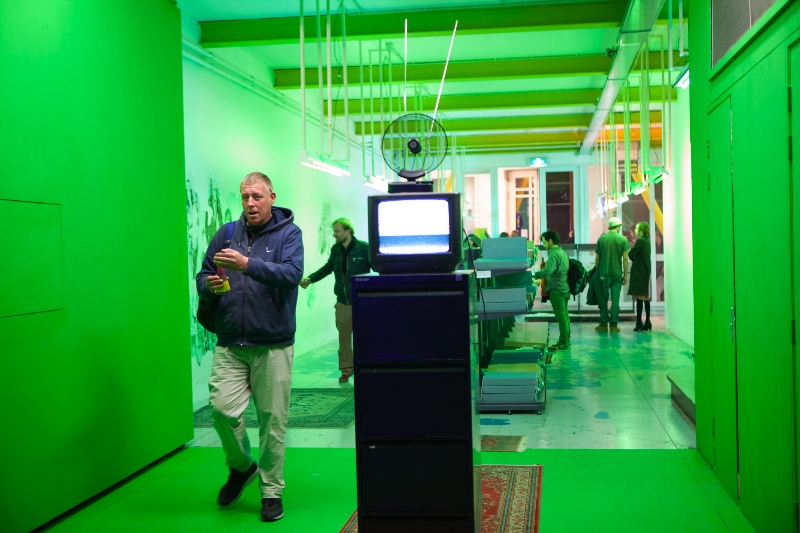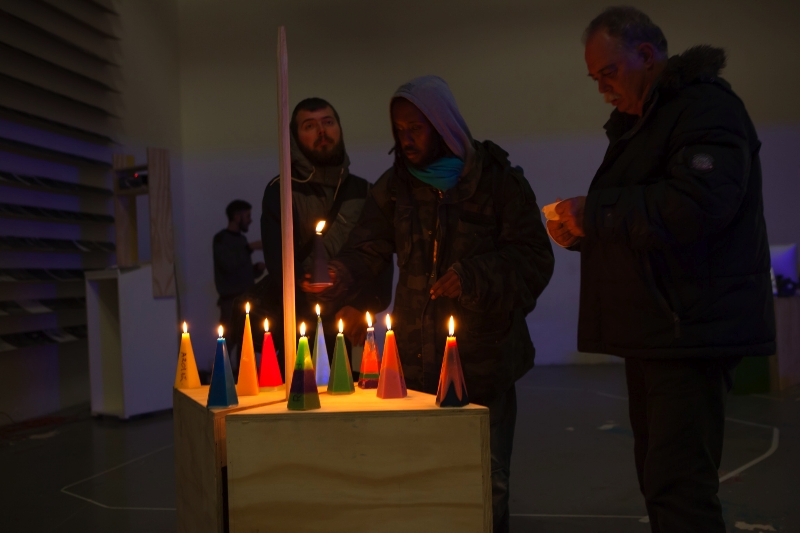P Project No.1 2024 – Beppu, Ōita, Japan – film
Traditional Japanese houses are gradually being transforming into parking lots, especially in the countryside of Japan. P (for Parking lot) is expanding its territory like a living creature making everywhere look the same, with white lines and numbers drawn on the concrete surface, wiping out all the history that once existed there. It’s only a matter of time before the vacant house next door becomes another P.
Generously supported by the Embassy of the Kingdom of the Netherlands in Tokyo









